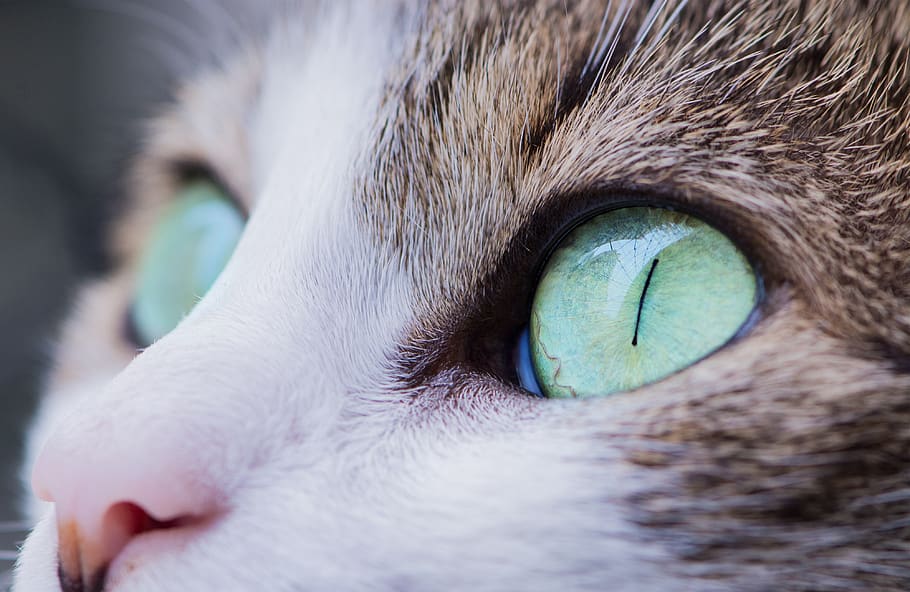As devoted pet lovers, the bond with our feline companions is often cemented through shared moments and treats. Yet, amidst the joy of companionship, there are hazards lurking in some of our favorite indulgences, especially the sweet delight known as chocolate. While we humans savor its taste, the same cannot be said for our beloved cats. In this comprehensive exploration, we’ll delve deeper into the potential dangers that chocolate poses for our feline friends, understanding the intricacies of its toxicity and learning how to safeguard our cats from this tempting yet perilous treat.
The Temptation of Chocolate
Chocolate’s appeal extends beyond human palates, piquing the curiosity of our feline friends. Cats, known for their inquisitive nature, may show interest in this delectable delight. Unfortunately, the sweetness that captivates us contains substances, such as theobromine and caffeine, which are toxic to cats. To be responsible pet owners, it’s crucial to recognize the risks associated with chocolate consumption.
Theobromine and Caffeine: Culprits in Chocolate Toxicity
Central to chocolate’s toxicity for cats are two stimulants – theobromine and caffeine. Both belong to the methylxanthine class of chemicals. While humans can metabolize these substances relatively efficiently, cats lack the necessary enzymes for swift breakdown. Consequently, theobromine and caffeine can accumulate in a cat’s system, leading to toxicity.
Symptoms of Chocolate Toxicity in Cats
Identifying the symptoms of chocolate toxicity is vital for timely intervention. Restlessness, increased heart rate, tremors, vomiting, diarrhea, and seizures are common signs. The severity of symptoms is influenced by factors such as the type and amount of chocolate ingested, the cat’s size, and its sensitivity to the toxic substances.
Types of Chocolate and Their Toxicity Levels
Not all chocolate is created equal, and the level of toxicity varies based on the type. Dark chocolate and baking chocolate contain higher concentrations of theobromine and caffeine compared to milk chocolate. As a general rule, the darker and more concentrated the chocolate, the greater the risk of toxicity for cats. Being mindful of the type of chocolate in your home is a crucial step in protecting your feline companion.
Safeguarding Your Cat: Prevention and Intervention

1. Keep Chocolate Out of Reach:
The primary defense against chocolate toxicity is preventing access. Ensure that all chocolate products, including bars, candies, and baked goods, are stored in secure locations where your cat cannot reach them.
2. Educate Family and Guests:
Pet owners should take the initiative to educate family members and guests about the dangers of sharing chocolate with their cat. Sometimes, well-meaning gestures can inadvertently put a feline friend at risk. Clear communication can go a long way in preventing accidental ingestion.
3. Know the Signs of Toxicity:
Familiarize yourself with the symptoms of chocolate toxicity. Early recognition allows for prompt action, potentially saving your cat from more severe consequences. Being proactive in identifying any unusual behavior or symptoms can make a significant difference in the outcome.
4. Immediate Veterinary Attention:
If you suspect your cat has ingested chocolate, seek immediate veterinary attention. Time is of the essence in cases of toxicity. The veterinarian can assess the severity of the situation and administer appropriate treatment. This may include induced vomiting, administration of activated charcoal to absorb toxins, and providing supportive care to mitigate the effects.
A Sweet-Free Haven for Feline Companions
In the culmination of this exploration, responsible pet ownership dictates the creation of a safe and sweet-free haven for our feline companions. Understanding the potential hazards of chocolate and taking proactive measures to prevent access are fundamental steps. Vigilance, education, and immediate intervention in case of ingestion are key elements in safeguarding our beloved cats from the dangers of chocolate.
Nurturing Safe Bonds Through Awareness
In conclusion, our commitment to our feline friends goes beyond sharing moments; it extends to protecting them from potential dangers. By unraveling the hazards of chocolate and cultivating awareness about its toxicity, we nurture safe bonds with our beloved cats. This understanding allows us to create an environment where our feline companions can thrive, free from the risks associated with certain human indulgences.
